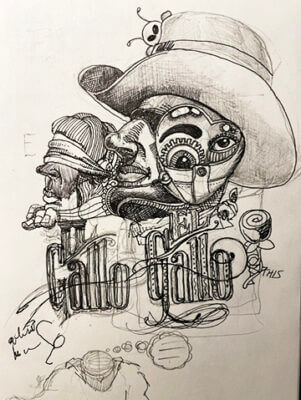Society Of Illustrators Sketch Night
If you are an aspiring illustrator and have not paid a visit to the Society [...]
1 Comments
My personal rules for limited edition prints
Seventeent Street by Nancy McIntyre water-base silkscreen with 96 colors edition 65 plus 7 APs [...]
03
Jul
Jul






